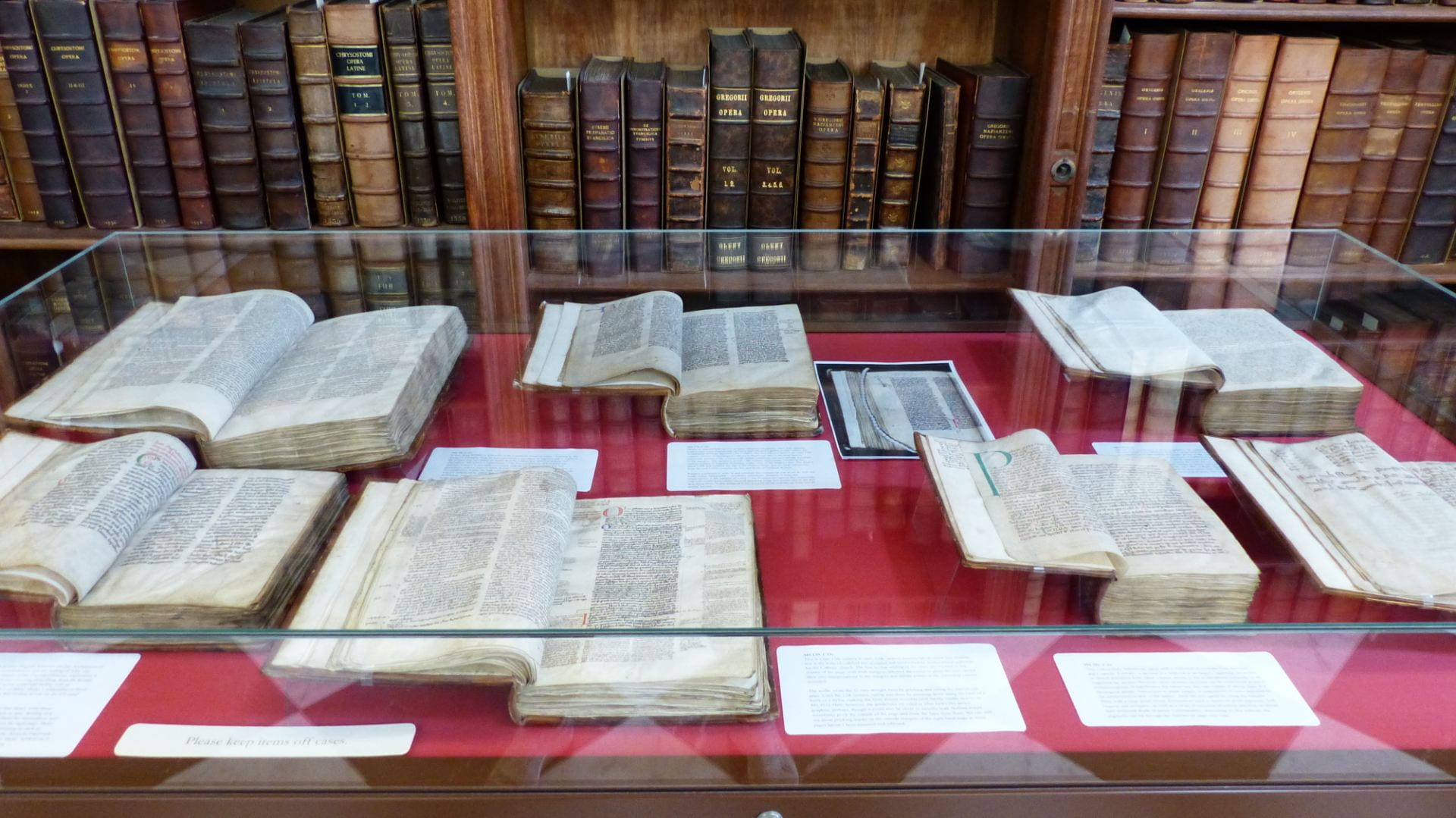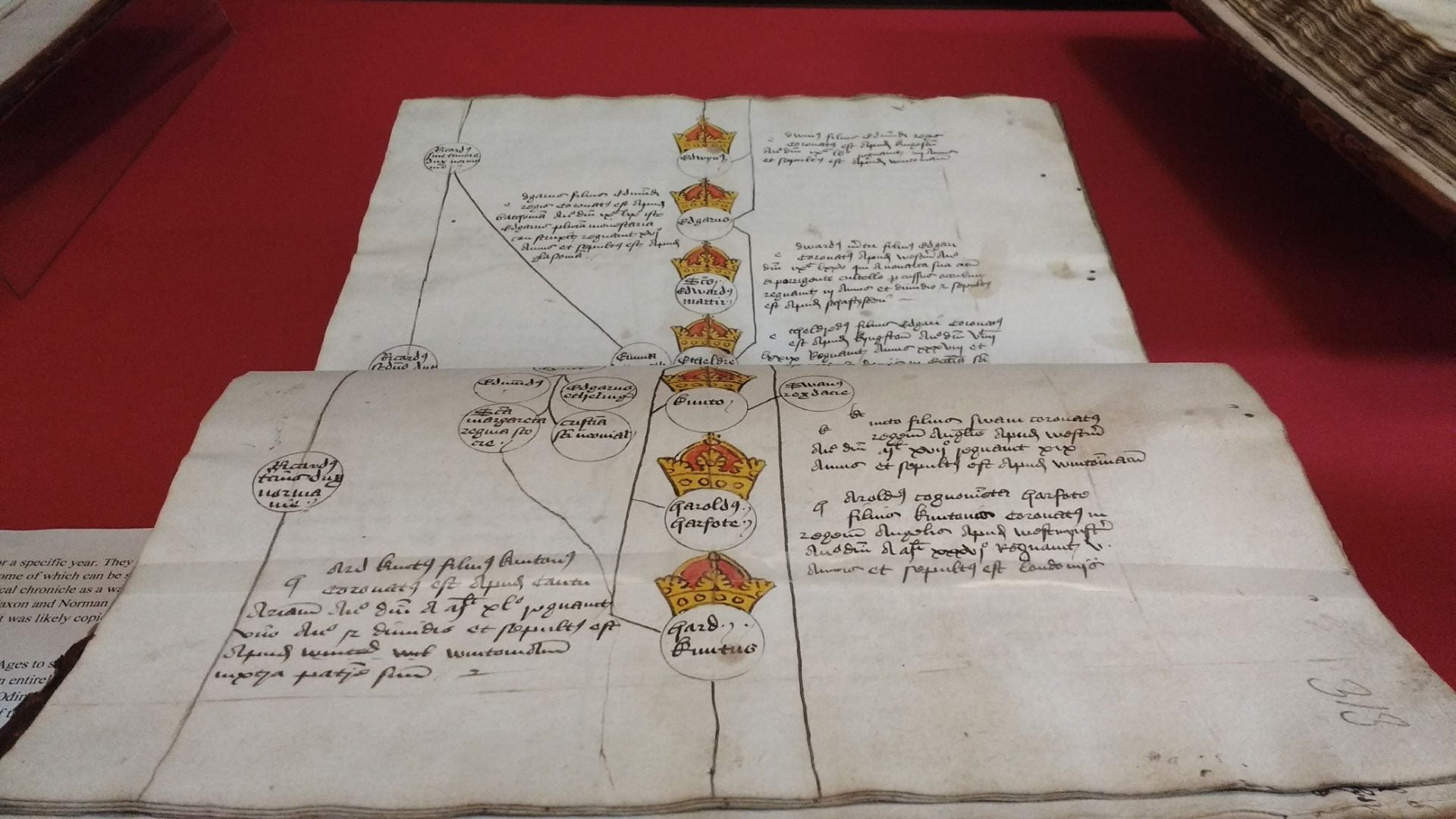Multispectral Imaging of Leonardo da Vinci Drawings
By Cerys R Jones, on 16 June 2019
In the first year of my PhD, I was asked by Alan Donnithorne, the former head of conservation of prints for the Royal Collection Trust, whether I would be interested in capturing multispectral images of three Leonardo drawings for a book he was writing. Of course I eagerly agreed and in July 2016 Alan brought three beautiful studies by Leonardo to UCL ready for imaging.
The first drawing was the ‘Studies of horses and horses’ heads’ created circa 1481. This is a metalpoint drawing of the portrait of a horse’s head and another in side-profile. To create a metalpoint drawing, a metal-nibbed stylus is used to engrave lines onto paper that has been prepped with glue and ground animal bone, whilst also leaving a deposit of the metal. Although only two horses heads could be seen in visible light, when illuminated in ultraviolet light, two more horses and a dog appeared at the bottom of the page that were invisible to the human eye.

‘Studies of horses and horses’ heads’ illuminated under visible light (left) and after multispectral imaging (right). The two horses and dog at the bottom of the page cannot be seen using the human eye alone. (Image copyright: Queen Elizabeth II, Moral rights: Cerys Jones)
The second drawing was of ‘the anatomy of a bear’s foot’, circa 1488-90. Leonardo initially studied anatomy to inform his paintings;however,this eventually evolved into a plan to write a never-completed treatise on the subject. Martin Clayton, in his 2019 book Leonardo da Vinci: a life in drawing, explained how, at the time, human dissection was illegal and so Leonardo may have been interested in the bear’s foot due to the similarity in the way humans and bears walk. The multispectral imaging of this drawing enabled the different materials (metalpoint, pen and ink, and white heightening) to be separated and show how Leonardo built up his compositions.
The final drawing was a study for ‘the drapery of the Madonna’s arm’ (c. 1510-1515) created for ‘the Madonna and Child with St Anne and a lamb’, a painting currently in the Louvre Museum in Paris. The multispectral imaging revealed the outline of the arm under the drapery,implying that Leonardo first drew a template for the arm and then built the drapery on top of that . The images also enhanced the different materials, including black and red chalk, pen and ink, brush and ink, and white opaque watercolour.

Capturing the multispectral images of the study for ‘the drapery of the Madonna’s arm’. (Image: Cerys Jones)
The full results from this imaging are in Alan’s book Leonardo da Vinci: A Closer Look. This fascinating book investigates many of the Leonardo da Vinci drawings held in the collection at Windsor Library, using a variety of imaging techniques, including multispectral imaging, microscopy, X-Ray fluorescence, and more. He shows Leonardo’s drawings in a way never seen before—including these features invisible to the human eye—to present a detailed view of Leonardo’s musings and thoughtful mind.
The studies for ‘the anatomy of the bear foot’ and ‘the drapery of the Madonna’s arm’ are currently on display in the Queen’s gallery as part of the new exhibition Leonardo da Vinci: a life in drawing to commemorate the 500-year anniversary of Leonardo’s death. This exhibition displays over 200 drawings from Leonardo’s life, spanning a range of topics including anatomy, optics, engineering, botany, cartography and more. I was honoured to be invited to a private view of the exhibition before it was open to the public to celebrate Leonardo’s work and the release of the book. The exhibition is captivating and provides a fascinating insight into Leonardo’s mind, which you can see jumping across subjects on a single piece of paper. I encourage everyone to attend and be inspired by Leonardo’s inquisitive and ingenious mind.
If you’re interested in learning more about my work on the Leonardo drawings, check out my poster!
 Close
Close





